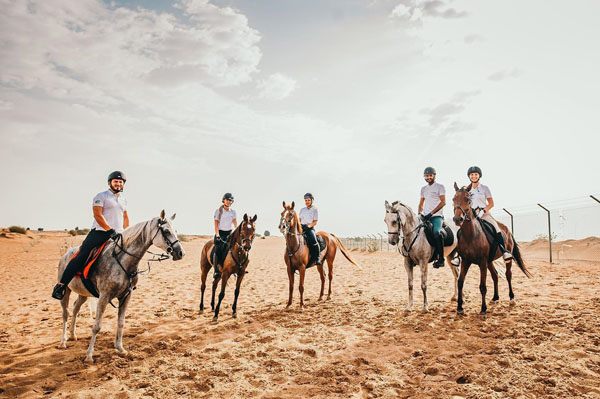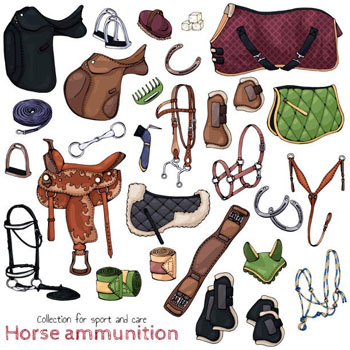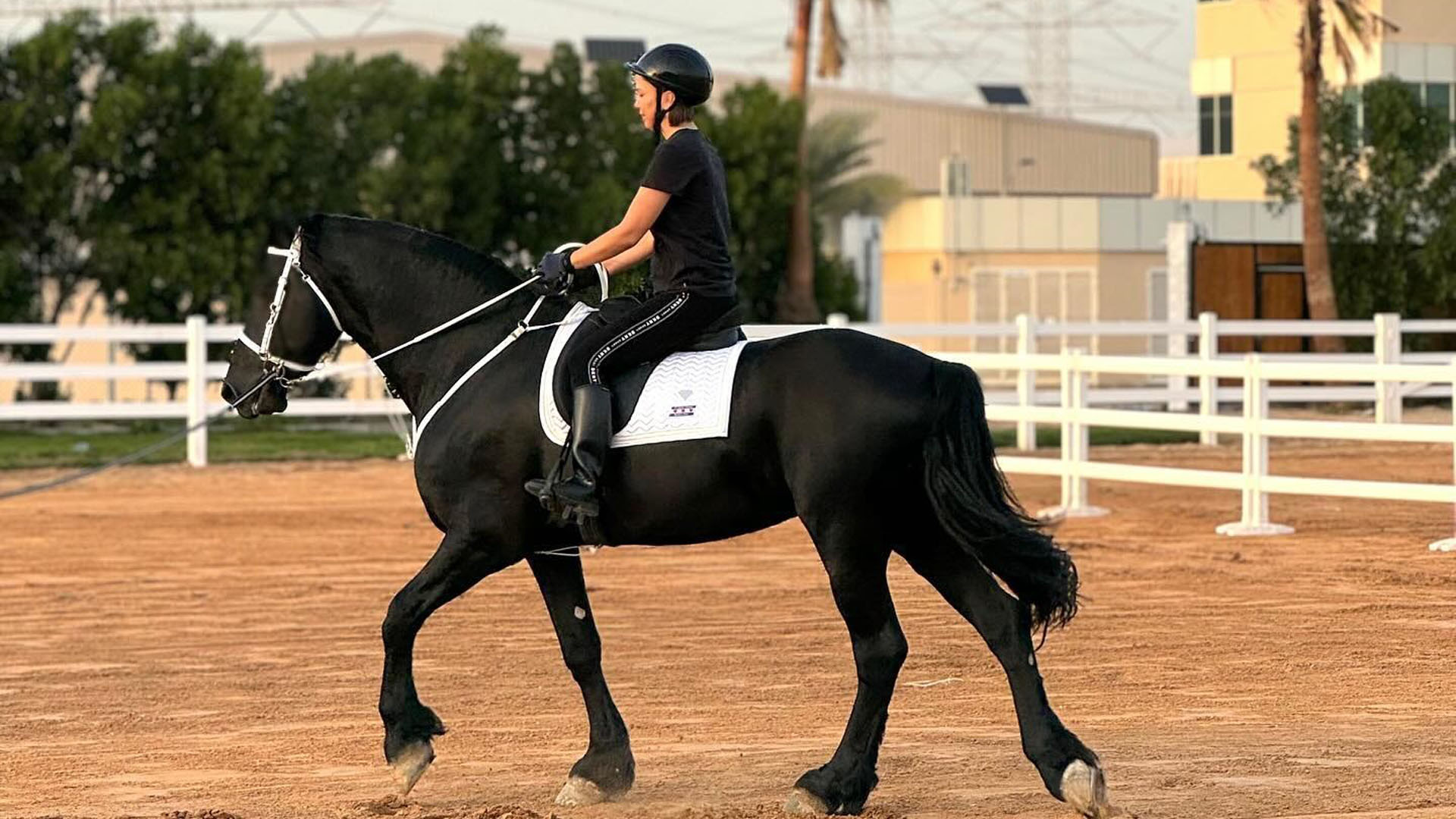Starting a horseback riding journey is like entering a world of grace, agility, and a special relationship with these amazing animals. Riding a horse provides a unique combination of outdoor enjoyment, physical activity, and a unique bond with animals, whether your interests lie in cantering across wide-open spaces, perfecting jumps, or preparing for a competition.
Riding has a transformative power that goes beyond the simple enjoyment of it; it instils vital life skills like discipline, responsibility, and patience. It is not surprising that a lot of people turn horseback riding from a pastime to a passion that lasts a lifetime.
Although the idea may initially seem intimidating, particularly in light of popular misconceptions that claim it's a costly endeavor requiring regular practice or horse ownership, the reality reveals a more approachable and inclusive activity. All types of enthusiasts are welcome to horseback riding, which can fit different budgets and even the needs of people with disabilities.
If the appeal of horseback riding has captured your attention and you can't wait to start your equestrian adventure, our in-depth guide is made to help you understand the process by providing insightful advice and answering frequently asked questions. Now get in the saddle and let's explore the fascinating realm of equestrian sports together.
Choosing the Correct Riding Center And Instructor

Selecting the appropriate trainer and riding facility is one of the most important things you can do when you first start riding horses. A knowledgeable instructor not only imparts the basics but also makes sure that you and your horse are matched appropriately by taking measurements and weight into account. You should base your choice of riding center on a number of important factors.
Legitimacy and Registration
Give official registered riding schools top priority. This guarantees that their activities follow moral and legal guidelines.
Cost vs. Teaching Style
Although cost is an important consideration, teaching style is just as important. If you have a particular interest, like dressage or jumping, concentrate on locating a club where the instructors are passionate and have a lot of experience in that field.
Convenient Location
It is impossible to exaggerate how useful the location is. Remaining consistent with your riding routine is facilitated by selecting a center that is within a reasonable travel distance.
Building a Bond with Your Equine Partner: Getting Ready for Your First Ride
Getting to know your four-legged friend is an essential step before you saddle up, even as you excitedly await your first horseback riding lesson. The importance of building a relationship with your horse is something we at HM Equestrian Club emphasize because it has a significant impact on your riding experience as a whole.
Taking Time to Connect
Spend some time getting to know the horse you will be riding before you jump in. This first step lays the groundwork for you and your horse companion to have a positive and enjoyable riding experience.
Grooming Involvement
Before the first lesson, ask to be allowed to help groom your horse. This helps to fortify the relationship between the rider and the horse in addition to fostering familiarity. Trust and comfort are fostered through participation in the grooming process.
Sweet gestures
If authorized by the center, think about giving your horse a treat, like a crisp carrot or a juicy apple, to add a personal touch. This modest deed greatly contributes to forging a favorable association and strengthening the bond.
By taking these precautions, you not only improve your riding but from the start you also foster a positive relationship with your horse.
Similar to humans, horses have unique personalities. While some are outgoing, others are quiet. It might take some trial and error to find the perfect fit. It's not about your skill level if your instructor suggests a different horse; compatibility is the key. The difference is significant—a harmonious connection that enhances your riding experience—when the right match is made. The equestrian experience is enhanced when one recognizes and values the uniqueness of horses.
Setting Out on the Riding Adventure
Like learning any new sport, horseback riding requires time investment. This learning curve's length depends on a number of variables, such as individual aptitude, starting fitness levels, teacher experience, and practice consistency.
For the learning process to be enjoyable, you and your horse partner must embrace patience.
Managing the Expenses of Riding Lessons
The location and kind of instruction determine how much it costs to learn to ride. More money is usually spent on private instruction with personalized attention than on group programs. Variations in price are also influenced by the standing and honor of the selected riding school.
Getting Ready for the Journey

Essentials:
A properly fitted riding helmet for protection.
Low-heeled, flat boots that cover the ankles to give traction and avoid getting tangled in the stirrups.
Comfortable clothing that doesn't restrict movement. Choose light layers for ease of adjustment when it's cold outside.
Snug pants with thin inner leg seams to guarantee a comfortable sitting position in the saddle.
Gloves are optional, providing warmth in the winter and defense against chafing from the reins on regular rides.
Grab the Reins!
Take up the rewarding sport of horseback riding, which is appropriate for people of all ages and skill levels. It offers many benefits in addition to the excitement, such as improved mental and physical health and the opportunity to develop a special bond with these amazing creatures. It's time to get on your saddle and embark on this rewarding experience, so don't hesitate!

